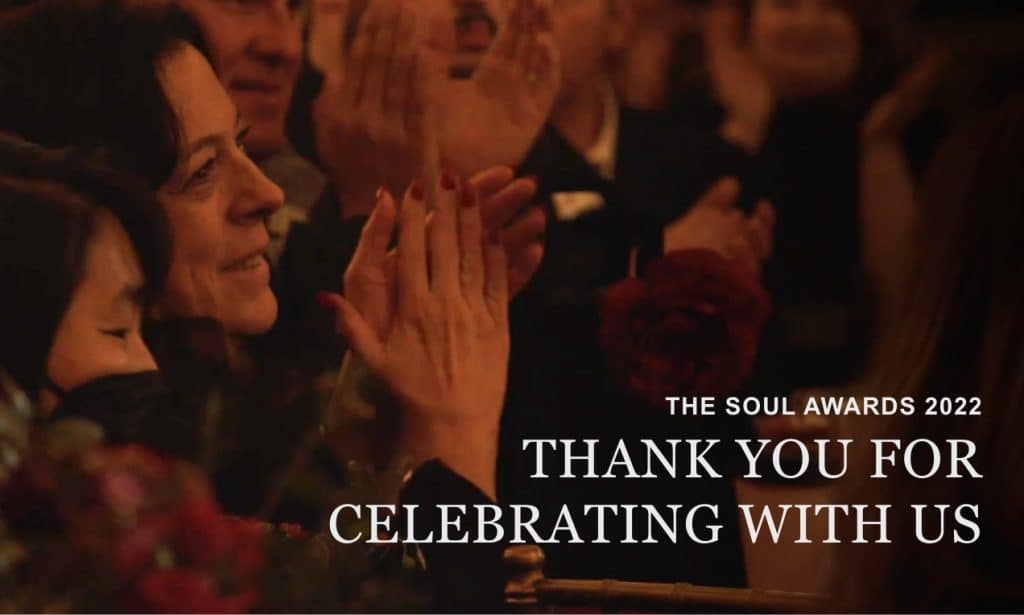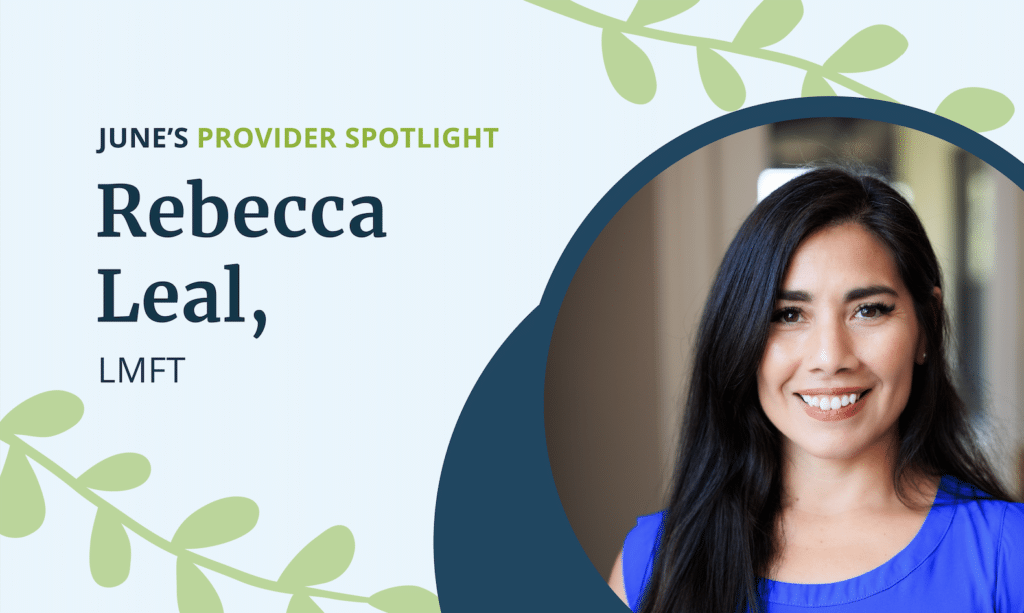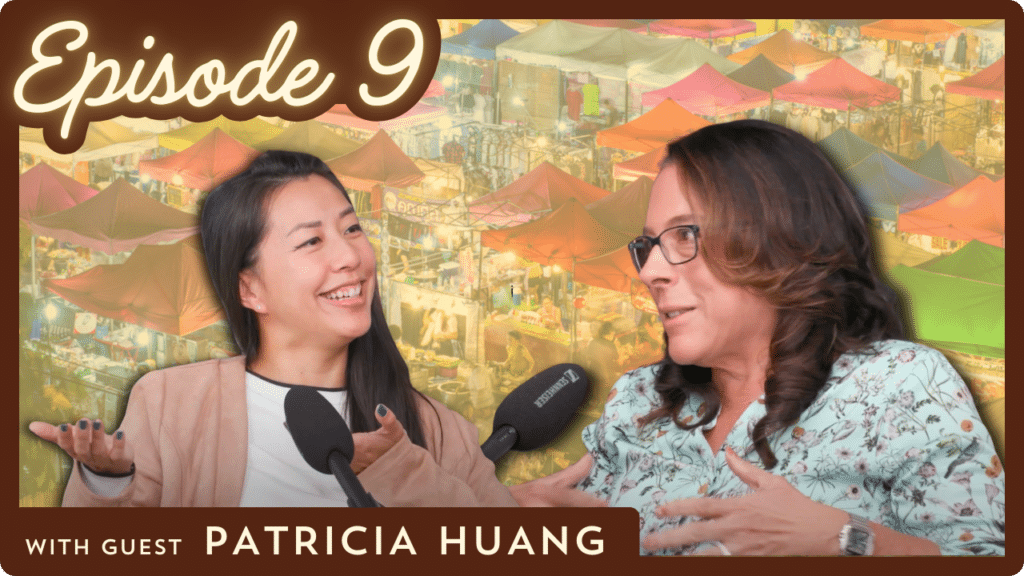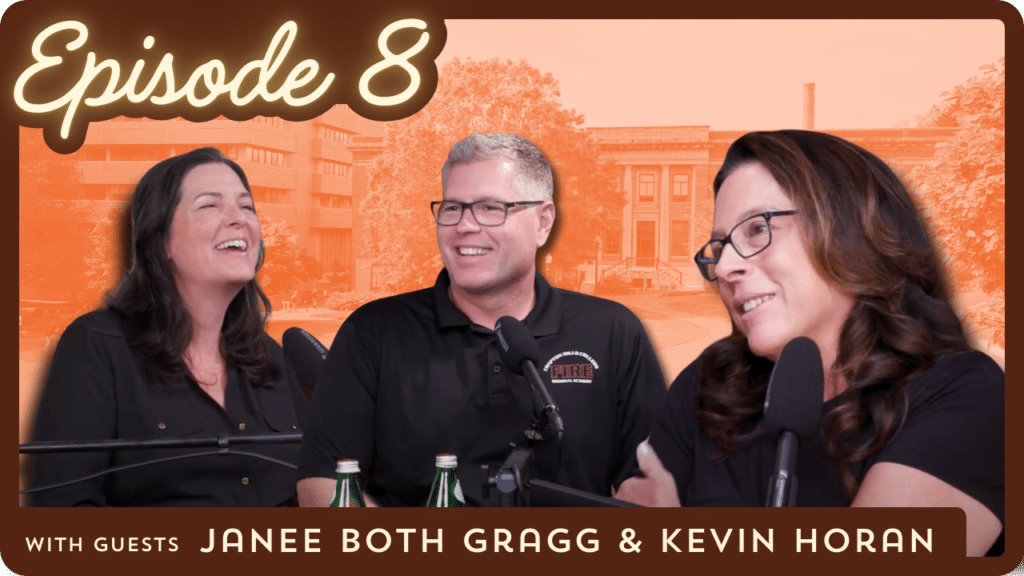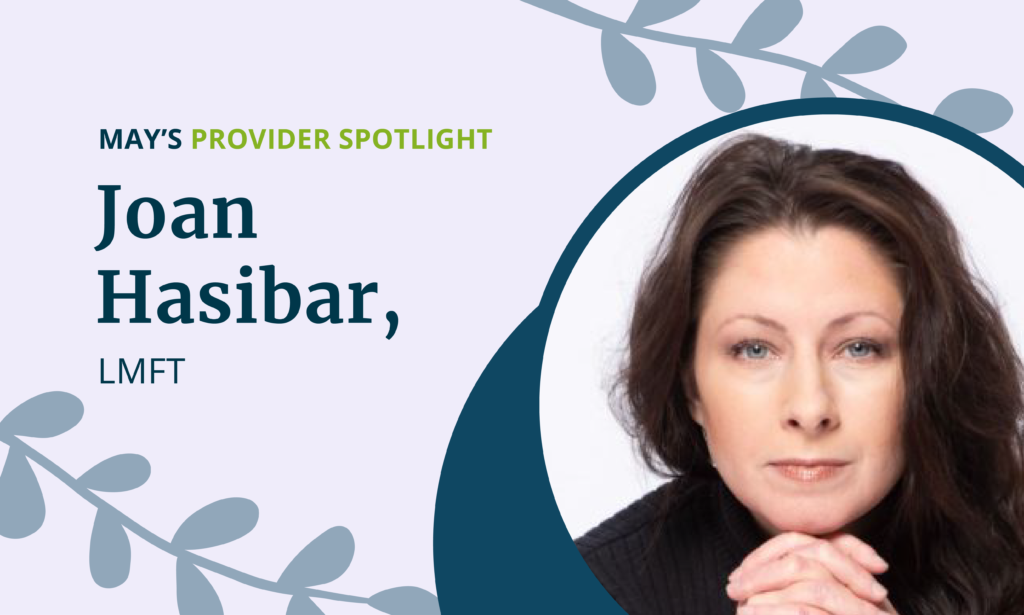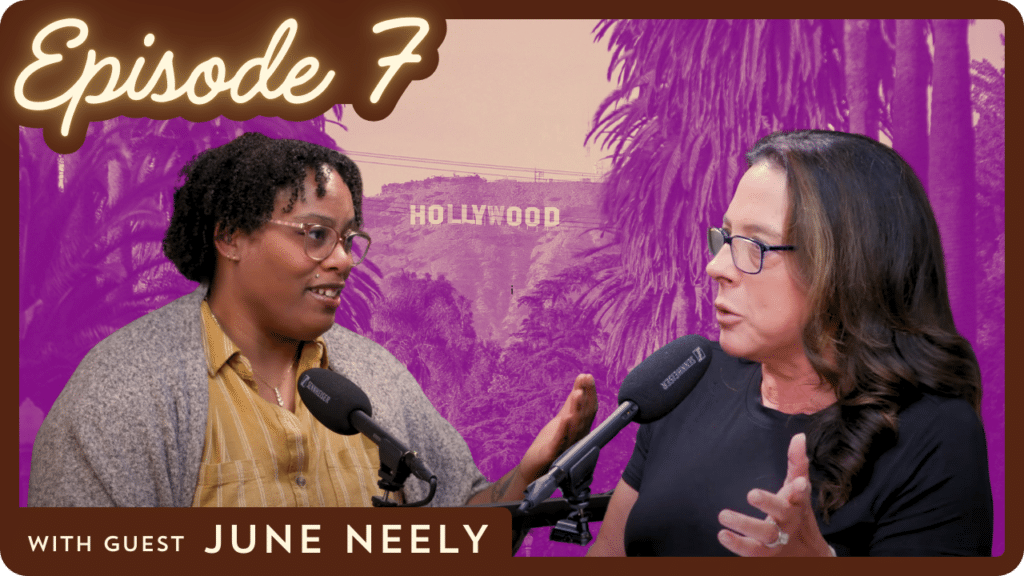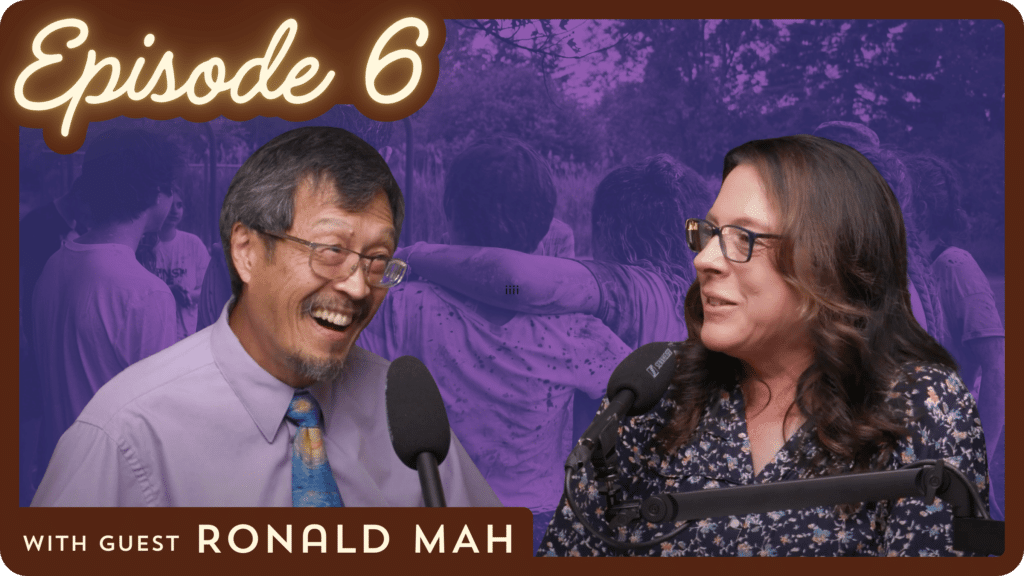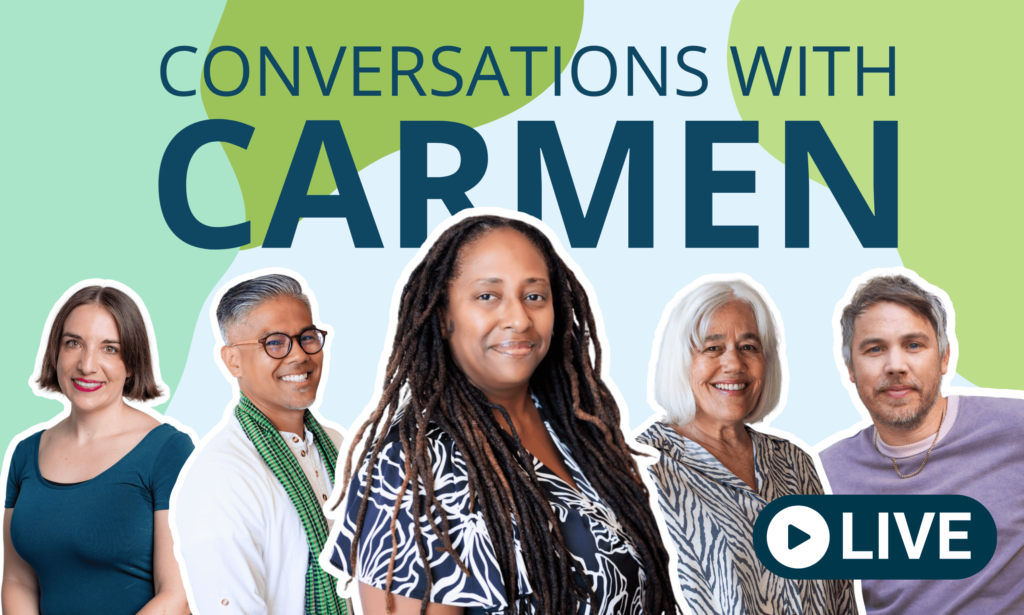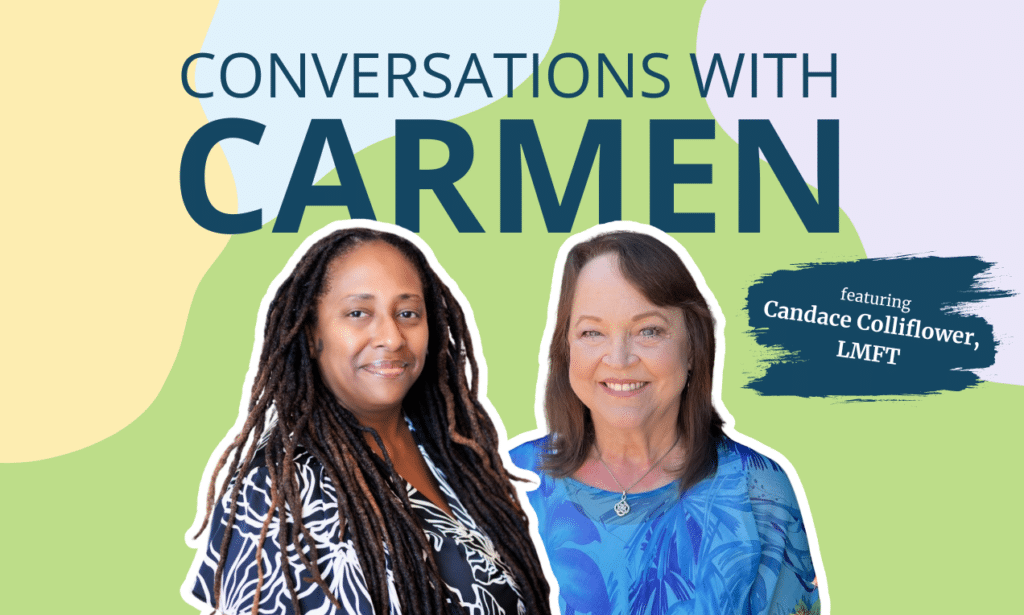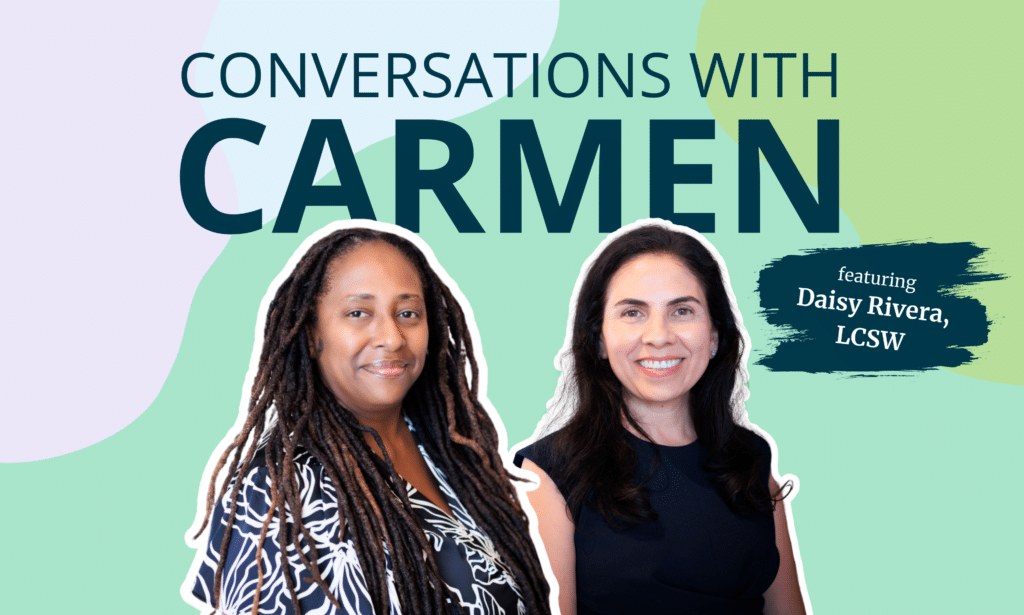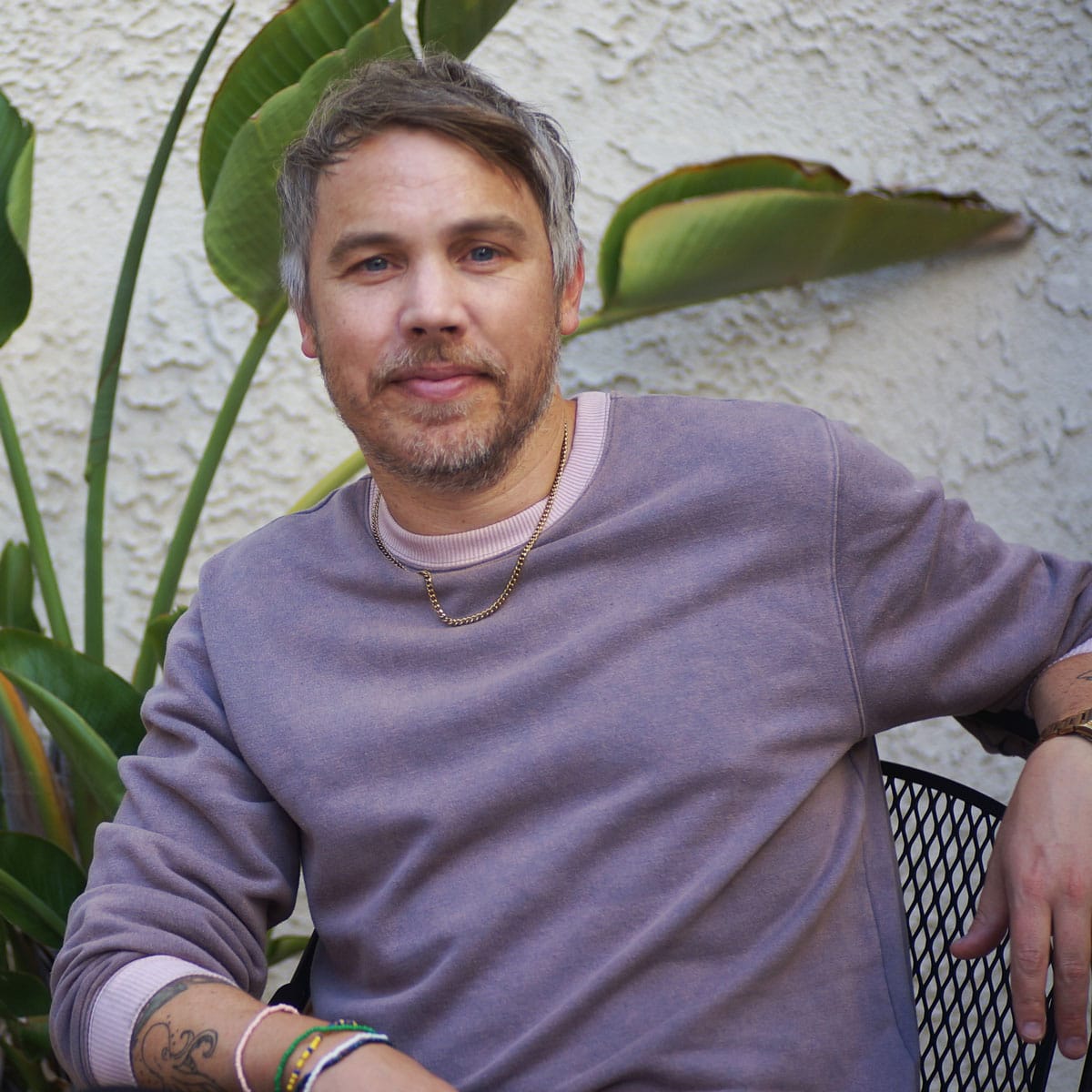
Tune in to October’s Conversations with Carmen for an unlikely story of self discovery and finding one’s calling through the healing touch of behavioral therapy. See how Mikal Britt used therapy to make a difference in people’s lives. Watch the interview in the video to learn more about Mikal’s story or read the full interview below!
You shared that years prior to becoming a licensed clinician you worked for a veterinarian in an animal hospital (while you were in high school). What was that experience like for you? At some point, was it a career interest of yours to become a veterinarian?
I loved animals growing up, and still do! So, yes this was a career path I was looking into. I was able to secure a job with a local veterinarian when I was 16 and I was mentored by that veterinarian, until I chose to make a different career move. I loved working there and the doctor, ‘Dr. O’ was very kind and a great teacher. I started out caring for the animals that were boarded up to the point of assisting the doctor in different medical procedures and doing dental work on the animals. It was wonderful and I absolutely loved that job and I have some very fond memories of this job.
You shared that you are originally from Long Island, NY. In general, what was your experience growing up on the East Coast?
New York will always have a special place in my heart. I loved growing up there. I loved experiencing autumn and winter. I lived in a suburb surrounded by a group of friends that I remain close with today. It was easy to bike or walk around our neighborhood, which felt like a diverse melting pot. As we got older, it was nice to be a train ride away from the city. Growing up I was into art and music and running track. I tried my best to be “a true New Yorker”, but I guess I never felt like I fit in. My Long Island accent was never thick. When I moved to the West Coast at age 21, I immediately felt very much at home. New York can be a rough, fast pace of life. It’s a great place to visit and I often miss it or feel nostalgic for it, but I enjoy a more mellow lifestyle.
In 2001, during the aftermath of 9/11, you drove from Brooklyn, NY to Los Angeles, CA. What were some of your most notable experiences while you were driving cross-country?
I remember walking around New York City on the night of September 1, 2001 and feeling the sense of group consciousness for the first time. Everyone’s mind was focused on the same thing. It was an eerie feeling I had never experienced. Other than that, I think I was too young or self-absorbed to fully comprehend the events or implications of 9/11. I was focused on starting my life. I had just graduated college and I was ready to pursue my dreams in Los Angeles. The cross-country trip was me officially leaving home for the first time. I think I had the hubris of youth on my side, feeling pretty unstoppable and excited to start being an adult.
At that point in time, I had no inclination or idea that I was going to be a therapist. Instead, I had dreams of being recognized as some kind of creative genius. Part of my journey involved unlearning the idea of my own “specialness.” On the cross-country trip, I remember mostly feeling exhausted and laughing with my friend Simon, who went on to be a successful screenwriter/filmmaker. I remember battling snow and rain and wind. I remember being fearful of driving our giant U-Haul truck, with a car hitched on back as well. But soon growing comfortable and confident driving this monstrosity. I think of myself back then as a boy who knew nothing. And there can be something magical about knowing nothing.
I also remember visiting the Petrified Forest and finding it incredibly boring. I think we also stopped and saw the largest cross west of the Mississippi. Also not particularly memorable.
You reflected back on one summer during which you worked at a camp for Autistic children. And it was this experience that initially peaked your interest in working in the Applied Behavior Analysis (ABA) field. What can you share with us about your ten years of working in this particular field (including your experience facilitating social skills groups)?
I was offered the job as a counselor for a one week sleep away camp for children with Autism. I had no experience and no expectations. But that job changed my life. Helping others and being of service opened my heart in ways I was not expecting. At the end of the week, they were calling me “a natural” and I was offered a job as a behavioral therapist. This started my 10 year journey working in the autism community. I started working with young children, but moved on to middle school, teenagers, and young adults. I found all the kids I worked with to be so unique and creative. I really celebrated them! I think this started my brain on thinking about the cross-section between psychology and creativity. I formed many deep and lasting relationships with both children and their families. I was also receiving praise for something that felt very natural. I felt lucky that I got paid to hang out with these kids.
I was receiving lots of training and education, but I still lacked anything formal other than my undergrad degree in Communications and Film. I was really immersed in the world of Autism. I learned how to write SMART goals, track data, write daily notes, implement behavior plans, collaborate with a team, and be a role-model.
Helping kids in school or at home was rewarding, but I found facilitating social skills groups to be more challenging. I found that while I could nurture and mentor successful one-on-one relationships, generalizing these skills in a group setting was more difficult. Social skills are so nuanced and contextual. Today the term is “masking” – which is not so much learning a skill as it is hiding one’s own individuality. I think the social skills groups provided community and validation, which is important, but to me it really highlighted how challenging and sometimes cruel the real world can be to people who may think and act differently.
At one point, while working with Autistic clients, you made a short film about a musically inclined student. And you mentioned that you won an award for it at a film festival (in Australia)! Can you please elaborate on your stellar accomplishment?
I remember seeing the call for entries for Focus On Abilities film festival. I saw the prize was an all expenses paid trip to Australia. I remember thinking to myself “I will win this contest”. Almost as if I manifested it, if such a thing is possible. At the time I was very close with a boy named Ruben, who had perfect pitch and a musical gift. Due to my trusting relationship with him and his family, I was able to make an inspirational film about him and autism and the power of music. As I had predicted, I won the contest that year and I got a free trip to Australia. I just found a link to the film online (which also includes my “acceptance” speech, I did not even know this existed online):
Another noteworthy accomplishment of yours is the co-creation of Jazz Hands for Autism (including a focus on helping students to “turn their passion into their vocation”). Can you please enlighten us about how this project came to be?
Ruben, the subject of my short film, was also the initial inspiration for Jazz Hands for Autism. A new behavioral therapist named Ifu Nweke was shadowing me for the day, and she was as inspired by Ruben as I was. Ifu and I hit things off quickly, and I think on that first day we met, the idea was established to try to organize a concert where all the performers would be people on the spectrum. There was no other platform available for this kind of thing. Due to my connections in the autism community, I was able to recruit talent and coach them in perfecting their skills. Ifu and I rehearsed with the performers for weeks.
We realized a lot more skills than we realized were being taught through performance or collaborating with other musicians. The first concert was a success and from there things took off. Ifu spearheaded the project, and it soon became her “baby”. There are lots of programs geared towards preparing young adults with Autism for the working world, but none focusing on music performance. With that in mind, our slogan became “turn your passion into your vocation”. When I returned to grad school to pursue my MSW, I no longer had time to be involved in JHFA. But Ifu is still the CEO and the organization continues to grow and do great things!
After having worked with the Autistic population for ten years, you went on to pursue your Master’s degree in Social Work (2015). Additionally, as part of your licensure requirement, you accrued your clinical hours while working in Community Mental Health (specifically a FSP [Full Service Partnership] program). Can you please expand on what FSP encompasses? What were some of your key takeaways from having worked in such an intense, high acuity environment?
The FSP program is considered the highest level of care before hospitalization. As a therapist, it was extremely intense. It was dubbed the “whatever it takes” program, meaning our clients were often hard to track down or lacked the resources or basic needs required to reliably attend scheduled appointments. I worked with the teenager and young adult population. We used a wrap-around or team approach, pairing clients and families with as many resources as they needed – a case worker, a housing specialist, a psychiatrist, a parent partner, etc. As the therapist, I was the team lead.
The job required me to mainly work out of my car, driving all over Los Angeles to meet clients literally wherever they were located. I was on call 24/7 for crisis support and would often get emergency phone calls at 2am or 3am. I would meet clients at school, at the park, at the mall, at their homes. I did a lot of therapy sessions inside my car. Clients were experiencing extreme psychosis, schizophrenia, substance abuse, or severe trauma. Clients were experiencing poverty, neglect, self-harm, and abuse.
I actually enjoyed the excitement and unpredictability of the job at first. It was like an adrenaline rush mixed with problem solving and mentoring. But over time, the burnout became very real. The amount of paperwork was never-ending. The scheduling and needing to maintain productivity was a challenge. It was also sad and eye-opening to see how difficult life could be for some people.
But I was always optimistic and did my best to empower my clients. I did get a sense that I was helping people who had nowhere else to turn. I could be a place of support or validation or empathy for people who maybe had never experienced anything like that before. I helped people get housed, get into drug rehab programs, or get saved and protected from unsafe environments. I learned that community and connection and the enduring human spirit can do wonders for healing and recovering. I learned that after all the things we learn in school or read in books, it is ultimately the power of the relationship and the ability to see others equally as human that is the most healing tool any therapist has.
You mentioned that you knew early on that your professional goal was to pursue private practice? What piqued your interest about going into business for yourself?
I liked the idea of creating an environment where I was not limited in what I could accomplish or achieve. I wanted to see the direct correlation between my work, my effort, and my income. I did not want to worry about things like productivity. I did not want to be beholden to larger government entity. I also liked the idea of having my own office. Perhaps watching TV or movies growing up, I also envisioned the successful therapist as a kind of mysterious, wise person who worked independently from a secret location. Being an artist, I think I also enjoy working and spending time alone. I also like the flexibility of managing my own schedule.
Your journey with Soultenders began in late 2020. Did you encounter any initial challenges (especially given we were all navigating the pandemic)?
No challenges! Coming from the chaos and stress of the FSP program, the transition to working with Soultenders was a dream come true! I was very grateful to the Soultenders Admin. Support for helping to manage all the insurance stuff and fill my calendar so quickly. Many of my fears or concerns about private practice were quickly mitigated by talking to other Soultenders clinicians and relying on the Admin Team. I love having an organized schedule and a group of clients who want to be there and are ready to do the work. I had the sense like I had finally found my calling and all my hard work had finally paid off! Once I started with Soultenders, I never looked back!
You shared that your current practice consists of forty clients. How long did it take you to begin maintaining that client census on a consistent basis? Do you prefer to work with a vast array of clients?
I started with about 30 clients and once I realized that was manageable, I increased from there. It took me about a year and a half to get comfortable and confident enough to realize I could see 40 or more clients without burnout or the quality of work suffering. And I think I am capable of that because I truly enjoy the work I do. And I like my clients!
I consider myself a generalist, even though I specialize in trauma and EMDR. For me, it’s important that I see clients from all backgrounds, ethnicities, ages, genders, and identities. I think it keeps me fresh and open-minded and allows me to challenge myself. I do tend to see clients between ages 18 – 55, but I will occasionally see people older or younger. I like to think that there is no client I would say no to. And I am never upset if a client decides I am not the right fit for them.
Given you utilize EMDR and integrate mindfulness/meditation (when therapeutically indicated), how does doing so impact your practice (interventions; clinical outcomes; ability to build trust and rapport with clients)?
With EMDR, I like how it gives me something concrete and specific to target. Because it is often a new approach for people, I like to witness the shock someone might express after a successful outcome. The outcome can sometimes feel faster or more direct and obvious than with talk therapy. EMDR also opened me up to doing more guided imagery and resource building exercises to help client’s foster safety, self-empowerment, and getting in touch with their inner child. These kinds of exercises used to feel a bit silly to me, but I’ve learned that lots of things that might seem silly in therapy can actually be very powerful and emotional.
EMDR does require a degree of trust from both therapist and client. They have to trust that I know what I’m doing as I guide them, and I have to trust that their brain will do what it needs to do to heal. There is also a lot of co-regulation and empathy required to support the client as they move through their trauma. This can be a very intimate process. It’s the power of this kind of one-on-one relationship that really draws me to therapy work.
With mindfulness/meditation, I feel like everyone can benefit from taking some time to slow down and focus their attention inward. We live in a fast-paced world that is full of distractions – distractions from ourselves, our bodies, our feelings, and from nature itself. Many people do not quite understand the power of allowing oneself to be still, to do nothing, to be concerned with nothing. Our minds can be pretty scary and filled with noise. With many of my clients, we do a parallel process where we will message one another throughout the week whenever one of us has meditated. I ask clients to tell me how long they sat for and what happened in their mind during that time. I will share with them my own insights from when I meditate. So in a way, I am teaching them, role-modeling, and also building rapport.
You shared that in January 2023, you decided to begin posting one video per day on your social media account in an attempt to generate more clients. What kinds of videos intrigued you the most?
I wasn’t intrigued by any videos. Well, that’s not true. I suppose I was intrigued by the kinds of videos that had millions of views, like why and how did these videos get so popular? Many of them did not necessarily seem special. For a long time, I was against my therapist self and my social media self-meeting. The truth is, I didn’t have a big social media life and I still don’t. And I believe therapy should stay within the rooms of therapy. But it dawned on me that maybe I was missing out on a large marketing opportunity.
I looked at some of the therapists who had popular accounts on Instagram or TikTok and realized I could probably do what they were doing. Or at least I could try. I think in today’s world, having a public persona on social media is like having a local commercial on TV or an ad on a bus bench.
The first videos I made were highly self-conscious and it took me a while to find my voice. But after some finessing, I started to gain some traction and followers. And sort of to my surprise, the formula worked. I started generating clients directly from my social media content.
Social media is an impersonal medium masquerading as a personal medium. It helps people feel seen and understood. It’s a good place to drop nuggets of wisdom or share information. But in no way can it compete with the work that happens in an actual therapy session.
You also mentioned that your social media outreach generated some beneficial outcomes such as: inspiring you to become even more focused on cultivating your craft as a clinician, inspiring you to engage in more self-exploration, providing you with the space to absorb more information, acquiring more cash-based clients as well as developing your own therapeutic style. Can you please briefly elaborate on each of these touch points?
Yes, there are many unanticipated consequences of creating mental health social media content. One, it helped me to begin to see myself as a more serious clinician. Perhaps because other people started to reflect this back at me. Old friends who I hadn’t seen or spoken to in years were surprised and happy to see how my career had progressed. Receiving this validation was rewarding to my ego! Two, having to constantly create content means coming up with new ideas both creatively and topically. I went from being anxious about making the videos to being excited. It was a nice creative practice and outlet. It gave me a chance to express my more fun and quirky side, while still trying to help people.
I also started reading a lot more psychology and therapy books in order to gain ideas or quotes or concepts to explore. Three, all of this combined to help me sharpen my blade and style as a therapist. I really did not expect these things to happen and after my first month of creating content, I wasn’t sure if I would continue. But here I am, nine months in still doing it. It keeps mental health and therapeutic interventions on the forefront of my mind. I am always collecting information to share in upcoming videos. And at this point, I am just sharing the things in videos that I find personally interesting or inspiring. My mental bank of ideas and quotes and concepts to draw upon has expanded exponentially, which is a very useful tool when I’m doing actual therapy sessions with clients.
In your practice, you encourage clients to “face their discomfort”. What does that mean to you? How is doing so potentially beneficial to your clients?
I believe to face one’s discomfort is to step into one’s power. They are often one and the same. As people, we are often driven towards comfort. We are also driven by subconscious patterns. In order to wake up and break free from automatic behaviors, in order to make new choices, it requires a degree of self-awareness and discomfort. Discomfort is the parts of self that we avoid, that we perhaps discarded a long time ago, due to fear or shame. We must bring these parts out of the shadows and into the light. Shame dies in the light. But doing any kind of work like this requires courage and bravery to face the darkest parts of self. Once the discomfort is disarmed, inner strength and self-esteem can rise up. Once we face discomfort, we allow the opportunity to accept, love, and celebrate ourselves truly and fully.
In your practice, you encourage clients to “face their discomfort”. What does that mean to you? How is doing so potentially beneficial to your clients?
I believe to face one’s discomfort is to step into one’s power. They are often one and the same. As people, we are often driven towards comfort. We are also driven by subconscious patterns. In order to wake up and break free from automatic behaviors, in order to make new choices, it requires a degree of self-awareness and discomfort. Discomfort is the parts of self that we avoid, that we perhaps discarded a long time ago, due to fear or shame. We must bring these parts out of the shadows and into the light. Shame dies in the light. But doing any kind of work like this requires courage and bravery to face the darkest parts of self. Once the discomfort is disarmed, inner strength and self-esteem can rise up. Once we face discomfort, we allow the opportunity to accept, love, and celebrate ourselves truly and fully.
Is there anything else you would like us to know about you?
For years, I used to cut my own hair in the bathroom mirror, but now I go to the barber like a regular person.
I love painting, running, lifting weights, hanging out with my kids and wife, watching movies, and I dream about one day writing a book.

